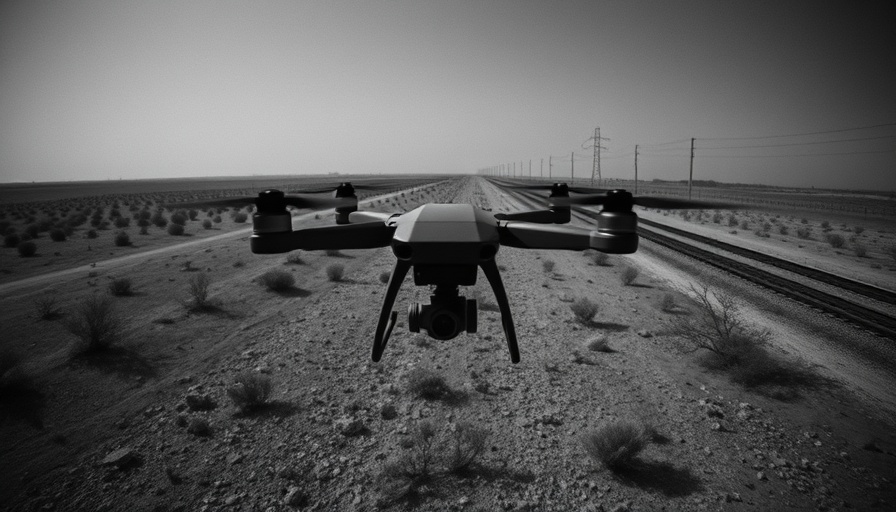
Ukrainian Drones Turn the Tide in Pokrovsk
The conflict in eastern Ukraine is seeing a technological shift with the deployment of Ukrainian 'road cutter' drones, which are severely disrupting Russian supply lines essential for their military operations. These drones, equipped for precise targeting, have transformed the Ocheretyne-Prohres road into a wasteland filled with wrecked Russian vehicles, complicating logistics for the invaders and allowing Ukrainian forces to fortify their defenses around key urban centers like Pokrovsk.
The Role of Technology in Modern Warfare
In contemporary conflicts, the integration of advanced technology is paramount. Ukraine's production of over 2.2 million UAVs last year—specifically designed for tactical strikes—illustrates a significant enhancement in their military capabilities. Not only do these drones inflict damage on the frontline, but their innovative designs allow them to attack supply trucks deep within enemy territory, creating havoc on critical supply routes.
Impact on Russian Military Strategy
As Ukrainian drone units gain prominence, Russian commanders are experiencing an operational shift. Reports indicate that they are redirecting their forces away from the stalled offensive on Pokrovsk to other fronts, indicating a recognition of the drone threat. The effectiveness of Ukrainian units has reportedly led to a reassessment of priorities within the Russian military, demonstrating how technological advancements can reshape battlefield strategy.
The Future of Drone Warfare
The successful deployment of drones by Ukraine not only impacts immediate military logistics but also sets a precedent for future warfare, where unmanned aerial vehicles could play a critical role in balancing power dynamics. As countries observe the effectiveness of drone technology in Ukraine, we can anticipate an arms race in drone production and counter-drone systems worldwide.
Conclusion: The Transformative Nature of Modern Warfare
As the situation in Ukraine evolves, the role of technology, particularly drones, is becoming increasingly pivotal. Understanding how these advancements affect military strategies can provide insights into future conflicts. For those interested in the dynamics of technological warfare, the conflict in Ukraine illustrates a clear example of how innovation can influence the outcome of military engagements.
 Add Row
Add Row  Add
Add 


Write A Comment